I have database structure like this (all Parent and Childs are tables),
What I am doing
Now I want to create ad hoc reporting page, which will let user select tables and columns in these tables.
When user will select tables and columns, then they can add filters (is in list or contains or filter by etc..) to columns.
I will send all this information as json to a web service will create, then in web service I am planning to use EntityFramework to get required dataset.
What I already have done
I am able to create HTML UI, web services, database layer with repositories and UOW, database etc..
Question
I mean I can do this,
var result = context.ParentA.Include("Child1.SubChild1").Include(....).Where(..
But I am not sure how can I specify columns I want or add filters.
